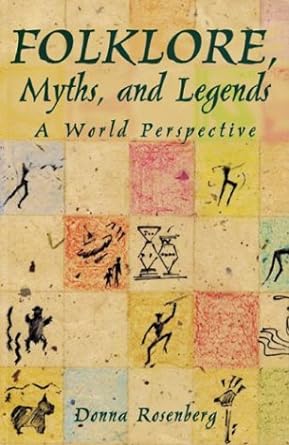"The Handsomest Drowned Man in the World" and Myth-Making
Originally posted on 05 October 2019
LITERATURE/LITERARY CRITICISM
Scott Magkachi Saboy
5/2/20243 min read
G. Kylene Beers and Lee Odell (2005: 912) define "magic realism"* as "A literary style that combines incredible events with realistic details and relates them all in a matter-of-fact- tone."
One of the best known exemplars of this literary genre is Gabriel Garcia Marquez' "The Handsomest Drowned Man in the World" (trans. Gregory Rabassa). [You can read the full text here]
The story begins with the sight of an unusual human body being washed up on the shore of a craggy, dreary fishing village. Well-preserved in a cocoon of sea “mud and scales,” weighed a ton, and far taller and larger than all the men in the community, the lifeless hunk breathed vigor into the community, especially the women who, in their enchantment, named him Esteban and started weaving a tearjerker story about their newly discovered macho man. The men, initially skeptical about and annoyed at the melodrama, eventually fell under the spell of Esteban's charisma and joined the women in an extravagant funeral and sea burial rite that drew crowds even from neighboring villages. And so it was that as Esteban was returned to the sea, the folks returned to their homes with a vision of themselves building large, well-decorated houses, their barren land sprouting gardens, and their sleepy village earning fame as "Esteban's village."
This is an ideal text for a Literary Criticism 101 class because
it is told in 2,462 words only (and therefore bite-sized enough for my students most of whom hate long short stories);
it comes off as one of those kuwentong bayan(folk tales) from a far-flung but familiar fishing village in the Philippines (and therefore makes it easily imaginable even by a BS Physics student who might be more interested in calculating the volume displaced by a humongous body floating on seawater than musing about the place of a body of work in a particular sea of texts);
it can lend itself to extended reflections on the varied facets of human experience (and therefore answers a student’s skepticism about the practical value of literature); and
it is offers us a peek into the imagination of a literary genius.
One common approach to this text is the Jungian way: exploring some of the archetypes found in the story, like: (a) “Esteban” the superhero; (b) awakening of a small, sleepy community; (c) women as culture-bearers; (d) sea as the womb of mystery; and (e) the process of myth-making.
Let's talk about the last one.
The Process of Myth-Making
I believe the story illustrates the formation of myths (i.e., invented, fictive or histo-fictional narratives that express a worldview, truth, principle or value and that have often been elevated to the status of the factual and the real). This process may be diagrammed as follows:
Myths are formed in reaction to a phenomenon that initially defies explanation or goes against a known condition or norm. In this case, the arrival of a stranger's body by sea is the mysterious or unexplained phenomenon. The villages are mystified as to how this huge, attractive body could have come out fully preserved despite bearing the marks of a long, torturous journey at sea, and both men and women speculate on the circumstances of his life and death. Eventually, as they begin believing in their own speculations, they add more details to their tale. They christen the cadaver "Esteban," thus clothing the man in a personality they could all relate to. Wavering between adoration and compassion, despair and celebration, they at last find a cultural icon around whom they develop a sense of fellowship among themselves as well as with outsiders to whom they had passed on the Esteban myth. The affect this myth has on the villagers recalls what Donna Rosenberg (1997: xxv-xxvi) has to say about myths:
Each myth has its place in their mythology of its culture. Taken together, the myths unify the members of the culture by giving them a shared past; a meaningful, life-sustaining present; and a predictable future... Myths create meaning out of nothingness, sense out of nonsense, order out of chaos, and purpose out of aimlessness. The myth-making process in the story transpires overnight. In real life though, myths develop over an extended period.
NOTE:
*In his award-winning essay "The Writer's Sense of Country," Creative writer and social anthropologist Arnold Molina Azurin (1995:181) prefers "ethnic realism" to the term "magic realism" arguing that the stereotypical label
is mindless of the author's [Marquez's) admission that his works are impregnated more by the legends and folk historical traditions in Latin American than by sheer stylistic phantasmagoria; so there is more folkloric memory than sleight-of-the-hand in his text.
Works Cited:
Azurin, Arnold M. 1995. Reinventing the Filipino Sense of Being and Becoming: Critical Analyses of the Orthodox Views in Anthropology, History, Folklore and Letterse. Quezon City: University of the Philippines Press.
Beers, G. Kylene & Lee Odell. 2005. Holt Elements of Literature: Essentials of American Literature. Fifth Course. Austin, TX: Holt, Rihehart, and Winston, Inc.
Rosenberg, Donna. 1997. Folkore, Myths, and Legends: A World Perspective. Linconlwood, IL: NTC Publishing Group.


